Understanding Basic Electricity Terms: A Beginner's Guide
Electricity is a fundamental part of our daily lives, powering everything from household appliances to complex industrial machines. Understanding basic electrical terms is essential for anyone interested in electronics, electrical engineering, or simply looking to grasp how electrical devices work.
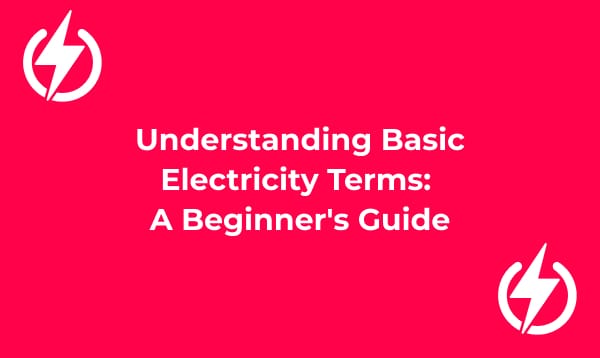
Electricity is a fundamental part of our daily lives, powering everything from household appliances to complex industrial machines. Understanding basic electrical terms is essential for anyone interested in electronics, electrical engineering, or simply looking to grasp how electrical devices work. This guide will explain some of the most common terms: watt, volt, ampere, kilowatt-hour, and milliampere-hour.
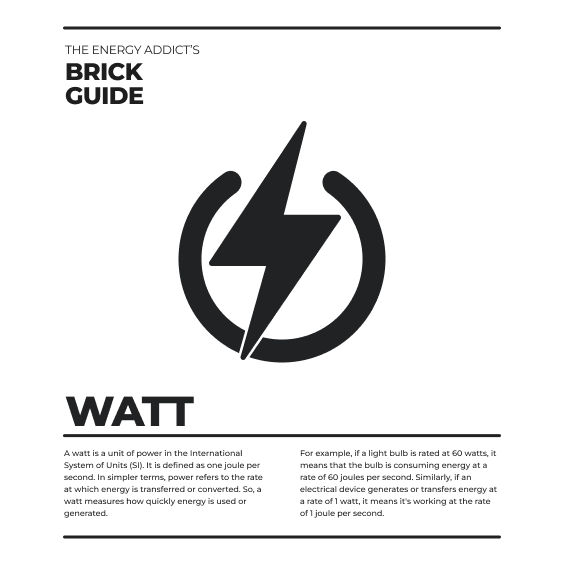
1. Watt (W)
- Definition: The watt is the unit of power in the International System of Units (SI). It measures the rate at which energy is used or generated.
- Usage: A lightbulb with a power rating of 60 watts, for instance, consumes energy at a rate of 60 joules per second.
- Real-World Example: A 1000-watt microwave uses 1000 joules of energy per second during its operation.

2. Volt (V)
- Definition: The volt is the SI unit for electric potential, electric potential difference (voltage), and electromotive force.
- Usage: Voltage can be thought of as the pressure that pushes electric charges through a conductor.
- Real-World Example: A standard household electrical outlet in the United States typically delivers 120 volts.
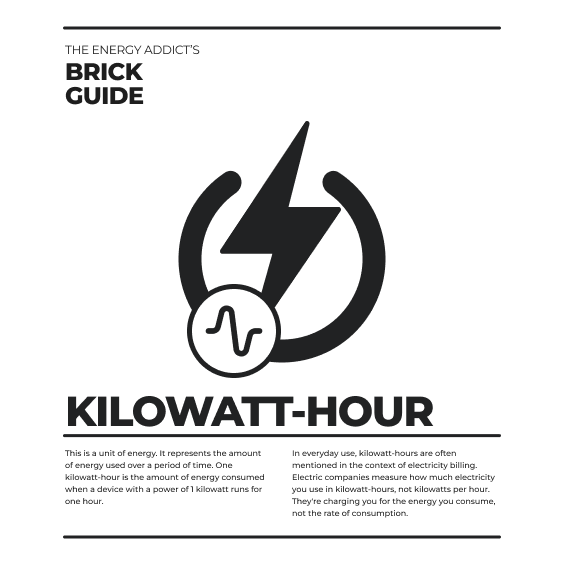
3. Kilowatt-Hour (kWh)
- Definition: A kilowatt-hour is a unit of energy. It is commonly used as a billing unit for energy delivered to consumers by electric utilities.
- Usage: This term represents the amount of energy used over time. One kilowatt-hour is the energy delivered by a power of one kilowatt running for one hour.
- Real-World Example: If you run a 500-watt air conditioner for 2 hours, it consumes 1 kilowatt-hour of energy (0.5 kW × 2 hours).
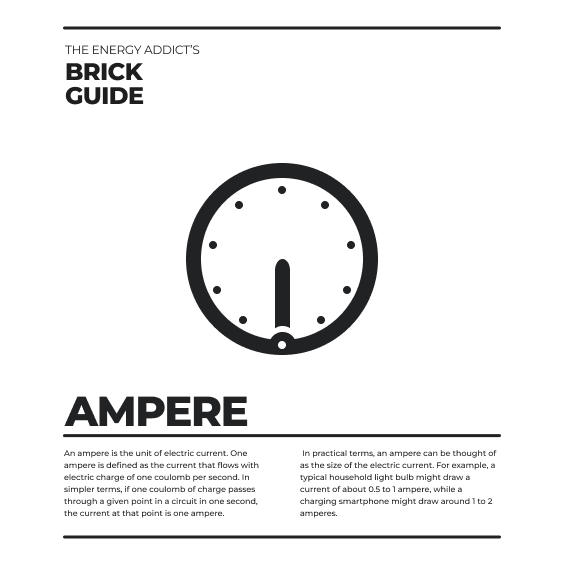
4. Ampere (A)
- Definition: The ampere, often shortened to amp, is the SI unit of electric current.
- Usage: It measures the amount of electric charge passing a point in an electric circuit per unit of time. One ampere is equal to one coulomb of charge passing through a point in one second.
- Real-World Example: A charging cable for a smartphone might have a current rating of 2 amperes.
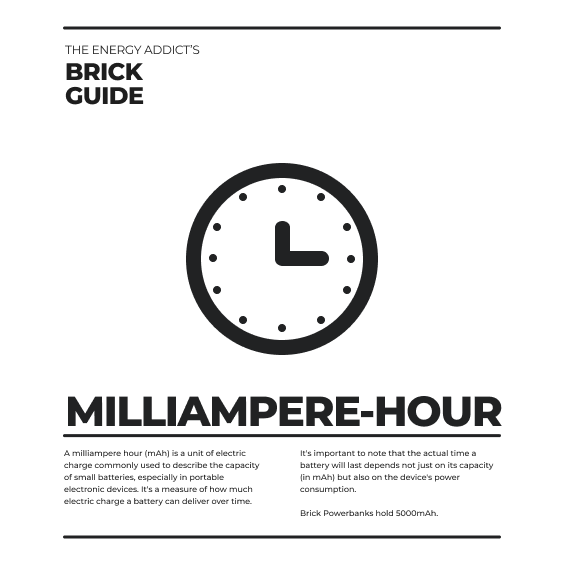
5. Milliampere-Hour (mAh)
- Definition: A milliampere-hour is a unit of electric charge commonly used to describe the capacity of smaller batteries.
- Usage: It indicates how long a battery can deliver a certain current. The higher the mAh, the longer the battery will last on a single charge.
- Real-World Example: A typical smartphone battery might be rated at 3000 mAh, indicating it can deliver a current of 3000 milliamperes for one hour.
Conclusion
Understanding these basic electrical terms is crucial for anyone looking to deepen their knowledge of electricity and its applications. It provides a foundation for exploring more complex electrical concepts and engaging in practical electrical work or discussions. Whether you're a student, hobbyist, or just curious, grasping these fundamentals is the first step towards a broader understanding of the electrified world around us.
